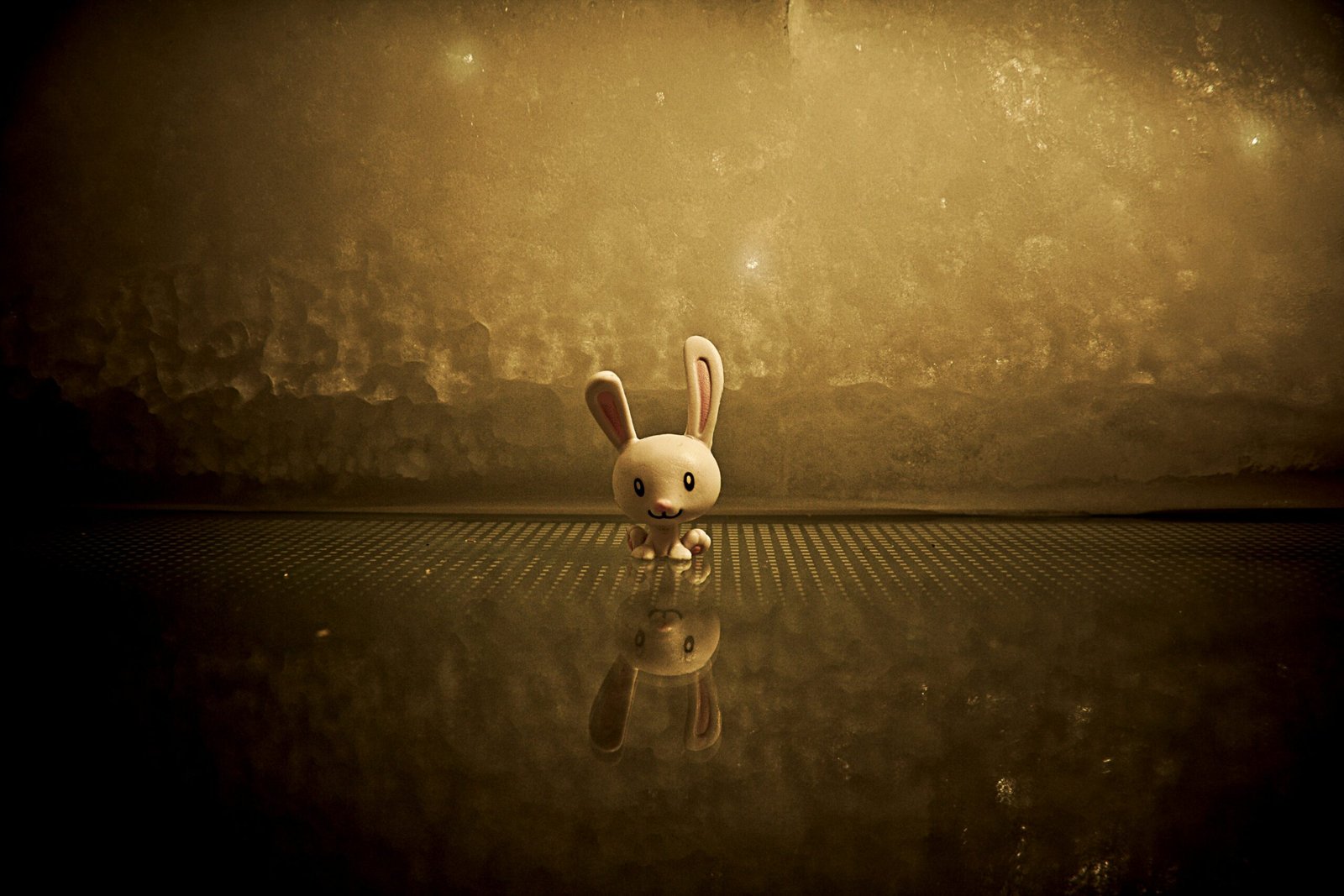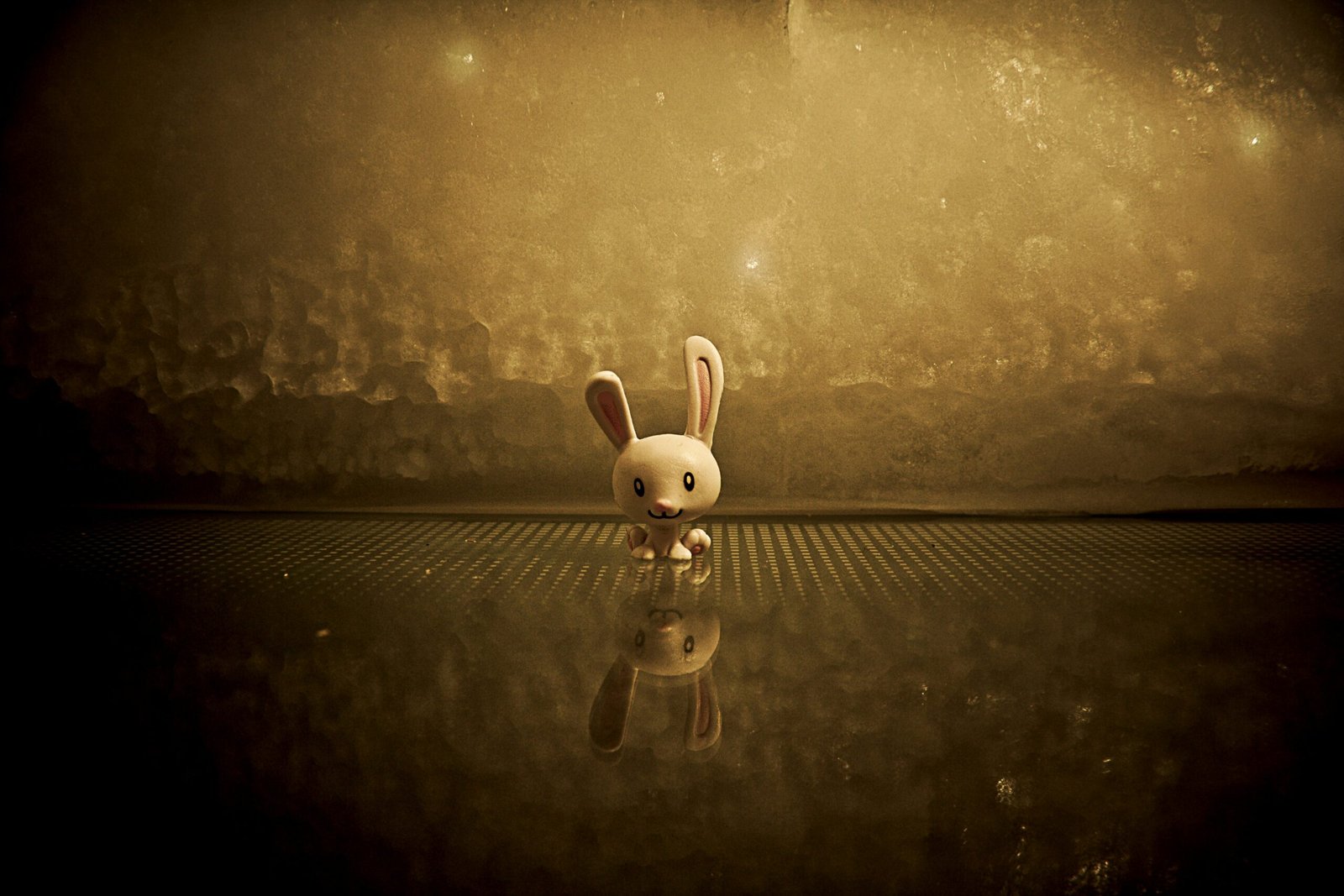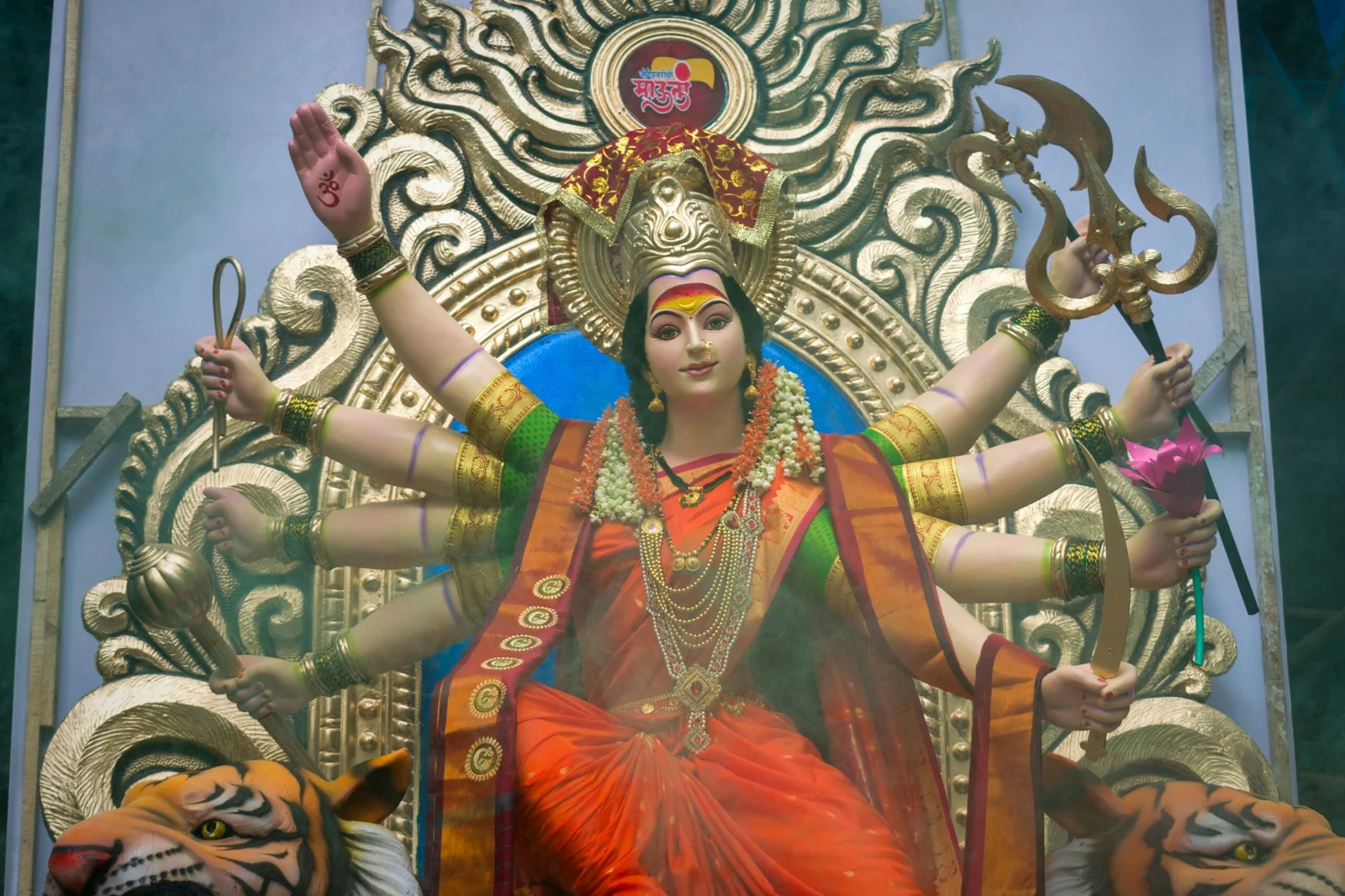
One of the major milestones in the evolution of animation was the invention of the cel animation technique in the early 1900s. This technique involved drawing each frame of the animation on a transparent celluloid sheet, or “cel,” and then layering them together to create the illusion of movement. This groundbreaking technique revolutionized the industry and paved the way for the creation of iconic characters like Mickey Mouse and Bugs Bunny.
As the years went by, animation continued to evolve with the introduction of new technologies. In the 1930s, Walt Disney Studios introduced the first full-length animated feature film, “Snow White and the Seven Dwarfs.” This marked a significant milestone in animation history, as it demonstrated that animated films could be just as compelling and entertaining as live-action ones.
In the following decades, animation techniques continued to improve and diversify. Stop-motion animation, which involves manipulating physical objects or puppets frame by frame, gained popularity with films like “King Kong” and “The Nightmare Before Christmas.” This technique added a unique charm and tactile quality to animated films, appealing to audiences of all ages.
However, the biggest game-changer in the world of animation came with the rise of computer-generated imagery (CGI) in the 1990s. With the release of films like “Toy Story” and “Shrek,” CGI animation took the industry by storm. This new technology allowed animators to create realistic 3D worlds and characters, pushing the boundaries of what was previously possible. CGI animation opened up a whole new realm of storytelling possibilities and brought animation to a whole new level of visual sophistication.
Today, animation continues to evolve at a rapid pace. With advancements in technology such as virtual reality (VR) and augmented reality (AR), animators have even more tools at their disposal to create immersive and interactive experiences. These technologies allow audiences to step inside animated worlds and engage with characters in ways that were once unimaginable.
Furthermore, the rise of streaming platforms and online content has created new opportunities for animators to showcase their work. With platforms like Netflix and Disney+, there is a growing demand for animated series and films, providing a platform for both established studios and independent animators to reach a global audience.
As we look to the future, it is clear that animation will continue to evolve and push the boundaries of what is possible. With advancements in technology, storytelling techniques, and distribution platforms, the world of animation is poised for even greater innovation and creativity. Whether it’s through hand-drawn animation, CGI, or emerging technologies, animation will always captivate audiences and transport them to new and exciting worlds.
Not only does VR animation offer a new level of immersion, but it also allows for a more personalized and customized experience. With the use of motion tracking technology, users can control their movements within the virtual world. This means that every viewer can have a unique experience, as they can choose where to go, what to interact with, and how to engage with the animated content.
Another exciting aspect of VR animation is the potential for social interaction. Virtual reality platforms are increasingly incorporating multiplayer features, allowing users to connect and interact with others in the virtual world. This opens up the possibility for collaborative storytelling experiences, where multiple users can come together to explore and shape the animated narrative.
The rise of VR animation also presents new challenges and opportunities for animators. Creating content for virtual reality requires a different approach compared to traditional animation. Animators need to consider factors such as scale, depth perception, and user interaction when designing the virtual world. They must also ensure that the animation runs smoothly and without causing motion sickness, as VR can be more physically demanding for viewers.
However, with these challenges come exciting opportunities for innovation. VR animation allows animators to push the boundaries of storytelling and visual design. They can experiment with new techniques and perspectives, creating experiences that are truly unique and memorable. The ability to manipulate space and time within the virtual world opens up endless creative possibilities, giving animators the freedom to create immersive and fantastical worlds that were previously only imaginable.
As VR technology continues to advance and become more accessible, we can expect to see a surge in VR animation in various industries. From entertainment and gaming to education and training, the applications of VR animation are vast. It has the potential to revolutionize the way we learn, entertain, and communicate.
In conclusion, the integration of virtual reality technology in animation is a game-changer. VR animation offers a level of immersion, personalization, and social interaction that was previously unimaginable. It challenges animators to think differently and pushes the boundaries of storytelling and visual design. As VR technology continues to evolve, we can look forward to a future where animated content becomes a fully immersive and interactive experience for all.
AI-powered animation tools have the potential to revolutionize the animation industry. With the ability to analyze and learn from existing animations, these tools can assist artists in creating more realistic and lifelike movements. For example, AI algorithms can study the movements of real-life animals or humans and then generate animations that mimic these movements with incredible precision. This not only saves animators time but also ensures that the animations are accurate and true to life.
Furthermore, AI can also be used to automate tasks such as character rigging and motion capture. Character rigging, which involves creating a digital skeleton for a character, can be a time-consuming and tedious process. However, with AI, animators can use algorithms that automatically generate rigging setups based on the character’s proportions and desired movements. This streamlines the animation process and allows animators to focus more on the creative aspects of their work.
Motion capture, another area where AI can be utilized, involves recording the movements of real-life actors and then applying those movements to digital characters. Traditionally, this process required a complex setup with multiple cameras and sensors. However, AI algorithms can now analyze the captured motion data and automatically apply it to the digital characters, eliminating the need for manual tracking and keyframing.
In addition to character rigging and motion capture, AI can also generate realistic physics simulations for animations. For example, if an animator wants to create a scene with objects falling and colliding, they can use AI algorithms to calculate the physics of the objects and generate realistic simulations. This not only saves time but also ensures that the animations are physically accurate.
Overall, the integration of AI technology in animation holds great promise for the future. It has the potential to make the animation process faster, more efficient, and more realistic. As AI continues to advance, we can expect to see even more exciting developments in the field of animation.
Real-Time Rendering and Interactive Animation
Real-time rendering is another area that holds great potential for the future of animation. Traditionally, animators had to wait for hours or even days for a single frame to render. However, with the advancements in hardware and software, real-time rendering has become a reality.
This means that animators can now see the final result of their work in real-time, allowing for immediate feedback and adjustments. Real-time rendering also enables interactive animation, where viewers can actively engage with the animated content. This interactivity opens up new possibilities for storytelling and audience engagement.
One of the key advantages of real-time rendering is its ability to enhance the creative process. Animators can now experiment with different lighting conditions, camera angles, and visual effects on the fly, without having to wait for the rendering process to complete. This allows for a more iterative and exploratory approach to animation, where ideas can be quickly tested and refined.
Moreover, real-time rendering has also revolutionized the way animation is presented to audiences. In the past, animations were typically pre-rendered and played back as a linear sequence. However, with real-time rendering, animations can now be experienced in a non-linear and interactive manner.
For example, imagine watching an animated film where you have the ability to control the camera angle or choose the outcome of a character’s actions. This level of interactivity not only enhances the viewer’s engagement but also provides a more personalized and immersive experience.
Real-time rendering has also found applications beyond traditional animation. It has been widely adopted in the gaming industry, where it allows for dynamic and responsive visuals. In virtual reality (VR) and augmented reality (AR) experiences, real-time rendering is essential for creating realistic and interactive virtual worlds.
Looking ahead, the future of real-time rendering and interactive animation holds even more exciting possibilities. As technology continues to advance, we can expect even greater realism, detail, and complexity in real-time rendered animations. This will enable animators to create more immersive and visually stunning worlds, and audiences to have even more control and agency in their animated experiences.
Augmented Reality (AR) and Mixed Reality (MR) Animation
Augmented reality (AR) and mixed reality (MR) are two more areas that are poised to shape the future of animation. AR overlays digital content onto the real world, while MR combines virtual and real elements to create a seamless blend of the two.
With AR and MR animation, animators can bring their characters and stories into the real world, allowing viewers to interact with them in their own environment. This creates a unique and immersive experience that bridges the gap between the digital and physical worlds.
Imagine watching a movie and seeing your favorite animated character come to life right in front of your eyes. With AR and MR animation, this is becoming a reality. Animators can create digital characters that can be placed in the real world using AR technology. These characters can interact with real objects and people, making the viewing experience truly interactive and engaging.
For example, imagine watching a superhero movie and being able to see the superhero flying around your living room, fighting off villains and saving the day. Or imagine watching a fantasy film and seeing magical creatures roaming around your backyard. With AR and MR animation, these scenarios are no longer limited to the confines of the screen.
Furthermore, AR and MR animation can also be used in educational settings to enhance learning experiences. Imagine a history lesson where students can see historical figures come to life and interact with them in real-time. Or imagine a science lesson where students can explore the human body by virtually dissecting it in front of their eyes. The possibilities are endless.
AR and MR animation also have the potential to revolutionize the gaming industry. With AR technology, gamers can immerse themselves in virtual worlds that are seamlessly integrated into their real environment. They can battle virtual monsters in their own backyard or solve puzzles in their living room. This creates a whole new level of immersion and interactivity in gaming.
In conclusion, AR and MR animation have the power to transform the way we experience animation. By merging the digital and physical worlds, animators can create truly immersive and interactive experiences that blur the line between reality and fantasy. Whether it’s bringing animated characters into the real world or enhancing educational and gaming experiences, AR and MR animation are shaping the future of animation.
One area where animation has proven to be particularly effective is in the field of science education. Through animated videos and simulations, students can visualize abstract concepts such as the movement of atoms or the process of photosynthesis. These visual representations help students grasp complex ideas more easily and retain the information for a longer period of time.
Moreover, animation can also be used to create personalized learning experiences. By incorporating interactive elements and adaptive learning algorithms, animated educational materials can be tailored to meet the specific needs and abilities of individual learners. This level of customization allows students to learn at their own pace and in a way that suits their unique learning style.
In addition to traditional classroom settings, animation is also being utilized in online learning platforms and Massive Open Online Courses (MOOCs). These platforms often rely on video lectures to deliver course content, and animation can enhance the learning experience by adding visual aids and demonstrations. This not only helps to capture the attention of learners but also facilitates a deeper understanding of the subject matter.
Furthermore, animation has proven to be a valuable tool in training programs for various industries. For example, in the healthcare sector, animated simulations can be used to train medical professionals on complex procedures or to simulate patient interactions. This allows healthcare professionals to practice and refine their skills in a safe and controlled environment before applying them in real-life situations.
Overall, the role of animation in education and training is becoming increasingly important. Its ability to simplify complex concepts, engage learners, and provide interactive experiences makes it a valuable tool for educators and trainers alike. As technology continues to advance, we can expect to see even more innovative applications of animation in the field of education.
One area where the future of animation is particularly promising is in the realm of virtual reality (VR). With VR technology becoming more accessible and affordable, animators have the ability to transport viewers into fully immersive and interactive worlds. Imagine being able to step into a fantastical universe, where you can explore every nook and cranny, interact with characters, and even shape the story as it unfolds.
But VR is just the beginning. Artificial intelligence (AI) is another game-changing technology that is revolutionizing the field of animation. AI algorithms can now analyze vast amounts of data and learn to mimic human movement and behavior, resulting in more realistic and lifelike animations. This opens up a whole new realm of possibilities for animators, allowing them to create characters that not only look real but also exhibit human-like emotions and reactions.
Real-time rendering is yet another advancement that is pushing the boundaries of animation. Traditionally, rendering animations would take hours, if not days, to complete. But with real-time rendering engines, animators can now see their creations come to life instantly, making the creative process much more efficient and dynamic. This means that animators can experiment with different lighting, camera angles, and effects in real-time, allowing for greater artistic freedom and experimentation.
And let’s not forget about augmented reality (AR) and mixed reality (MR). With AR, animators can overlay digital animations onto the real world, creating a seamless blend of the physical and digital realms. This opens up a whole new world of storytelling possibilities, where characters and objects can interact with the real world in real-time. MR takes this a step further by allowing users to interact with virtual objects in a physical space, creating truly immersive and interactive experiences.
With all these advancements and more on the horizon, it’s safe to say that the future of animation is boundless. As technology continues to evolve, so too will the art of animation, pushing the boundaries of what is possible and captivating audiences in ways we can only imagine.



